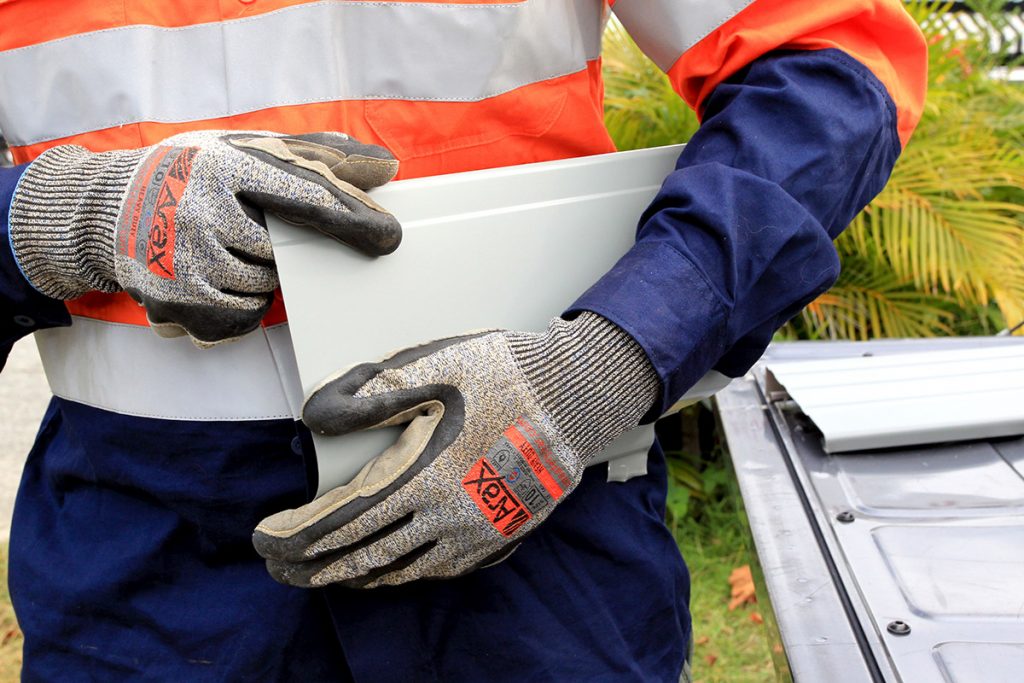Fit-for-purpose PPE and employers’ legal responsibilities

Employers and PPE
Employers who provide personal protective equipment (PPE) for employees have legal responsibilities to ensure the PPE is fit-for-purpose, well maintained and used by workers.
In other words, it is not simply enough to provide workers with PPE or an allowance to buy the equipment themselves. They also should determine if it is appropriate for the task and user, and monitoring its ongoing condition and use.
Safe Work Australia’s Model Work Health and Safety (WHS) Regulations, which form the basis for the WHS laws adopted in most parts of Australia, outline employers’ legal responsibilities in relation to worker PPE.
Primarily, these are:
- To select PPE that minimises risks to health and safety
- To maintain, repair and replace PPE so that it continues to minimise risk
- To ensure, as far as is reasonably practical, that PPE is used by workers
Minimise risks to health and safety:
PPE is the last line of defence against a hazard when other controls are not sufficient to completely eliminate the risk.
In supplying fit-for-purpose PPE that minimises risks to employees’ health and safety, employers must consider the type of work being undertaken and the hazards it presents, as well as the individual size, fit and comfort for the worker using the PPE.
Even necessary and well-fitted PPE can have negative consequences for health and safety, with heavy duty industrial clothing potentially increasing the risk of heat stress.
Given the many factors that must be considered, an in-depth workplace risk assessment and consultation with workers is critical for ensuring appropriate PPE is chosen.
Understanding the different Australian and international standards that apply to PPE and workplaces is also crucial if PPE is to be compliant and workers adequately protected.
For example, when choosing chemical gloves, factors such as the type of chemicals, their concentrations and the exposure time must be considered.
Similarly, choosing eye protection should include reference to the type of hazard, the impact rating of the PPE, the type of lenses, the shape of the frame and whether spectacles, goggles or a face shield are appropriate for the task.
When it comes to the individual worker, other characteristics aside from size may impact the effectiveness of PPE, such as the presence of prescription glasses, facial hair, a latex allergy or other PPE being used.
Poorly fitted and uncomfortable PPE is less likely worn by workers and may in fact increase dangers if it inhibits workers’ movements or hinders their ability to perform a task.
Consequently, regular fit testing may be necessary for some equipment, such as pre-use tests for respiratory masks to ensure an adequate seal is in place.
Maintain, repair and replace:
Employers’ responsibilities do not end with the supply of PPE. They must also ensure equipment continues to be fit-for-purpose by maintaining, repairing and replacing it as needed.
PPE must also be clean and hygienic, a particular concern where it is shared amongst employees, or where dirty equipment could lead to disease or compromise its protective factor.
Moreover, appropriate PPE storage and cleaning facilities may need to be provided in workplaces.
Regular inspections and replacement schedules should also be in place for all equipment, based on the frequency of use of the PPE, standard requirements and the manufacturer’s care and maintenance instructions.
Hard hats, for example, must have their harnesses replaced every two years according to the Australian standard. While ProChoice Safety Gear also recommends to replaced the entire hat every three years.
Additionally, immediate replacement may be necessary if the integrity of the hard hat is likely to have been affected by heat, chemicals or an impact.
Employee use and training:
Finally, as far as is reasonably practical, employers must ensure workers who receive the PPE must be provided with training in the proper use, storage and maintenance of PPE.
And if employees are involved in the selection of fit-for-purpose PPE and understand how to use it, then it is more likely that they will wear it and be adequately protected against workplace hazards.








































































